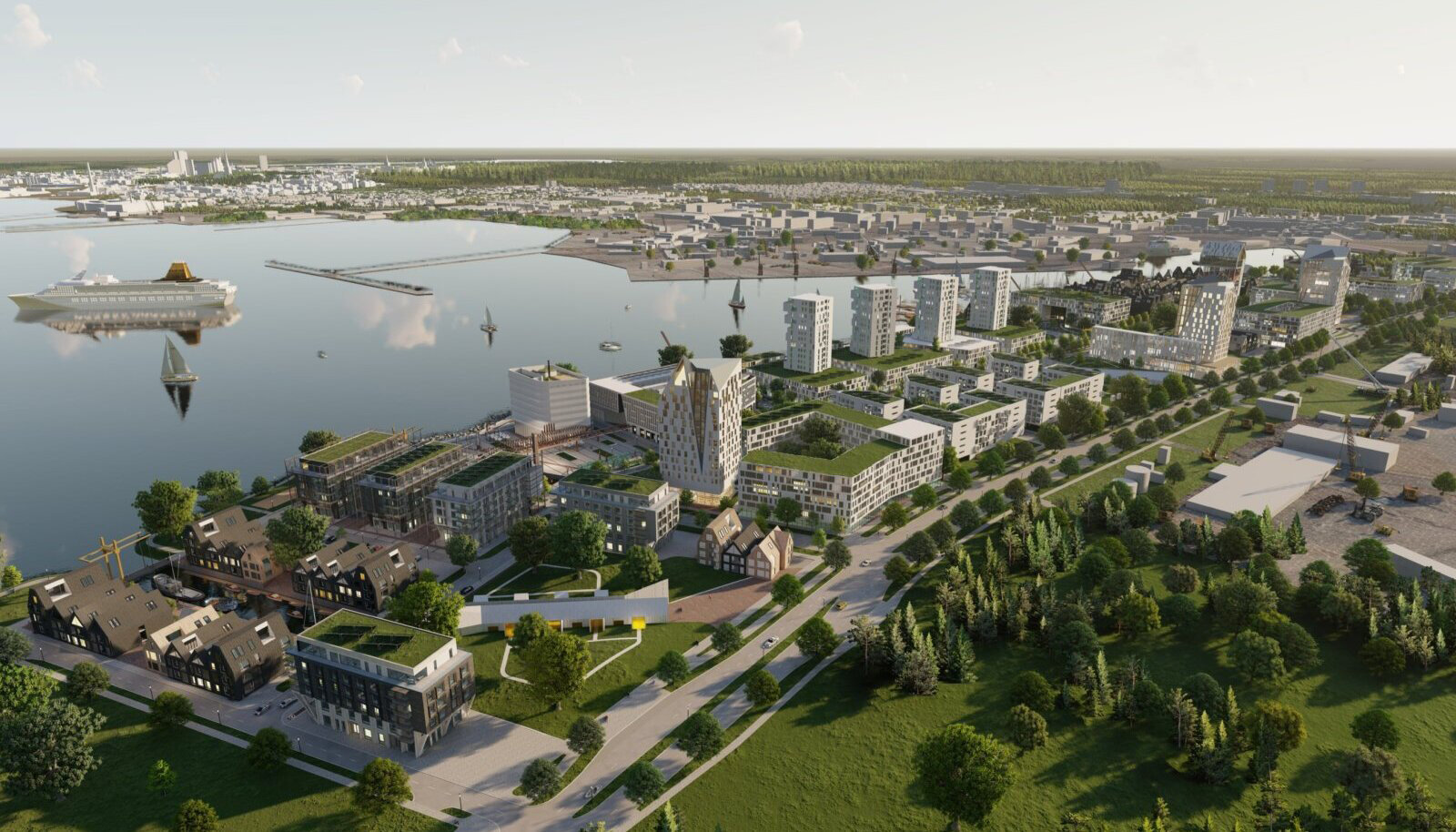
What happens when urban planning focuses on people and sustainability? Copenhagen has an answer.
Copenhagen’s commitment to sustainability has redefined the city’s urban environment, and there are many aspects of Copenhagen’s case study worth investigating.

Eesti tulevikukliima. Kuidas linnad selleks ette valmistuda saavad?
Inimtegevusest tingitud ülemaailmne kliima soojenemine on ka Eesti kliimat juba mõjutanud, suuremad muutused on aga alles veel ees. Ekstreemsete ilmastikunähtuste sagenemise mõju saab eriti tuntav olema linnades. Samas peituvad linnades ka kliimamuutustega kohanemise ja nende mõjude vähendamise lahendused.

Accelerating the Energy Shift in Estonia
Renewable energy is a starting point for innovative, healthy, environmentally sustainable and economically competitive cities.
Electrification, clean and diverse power supply, efficient energy storage and smart grid play essential roles in the energy transition. The consumer demand for renewables is increasing and energy production is getting more decentralised. Estonia is gradually cutting back on fossil fuels. Wolfscape making the Hundipea neighbourhood run fully on renewable energy.

Gradually Towards Climate Neutral Cities
Cities have an enormous impact on the climate, accounting for around two-thirds of the world's energy demand and creating over 70% of global CO2 emissions. As the urban areas are growing, we need to rethink cities considering all layers of the urban system such as energy, mobility, waste management, food, infrastructure, buildings and the natural environment.

The Green Neighbourhoods of the Future
Over 75% of European citizens live in urban areas and that number is expected to increase to 84% in 2050. With the cities and their populations growing, the usage of natural resources and energy is on the rise making cities major contributors to climate change. In addition to affecting the natural environment, urban areas have a direct impact on the economy and the wellbeing of their citizens. More than ever before, cities need to become more sustainable – environmentally, socially and economically.

